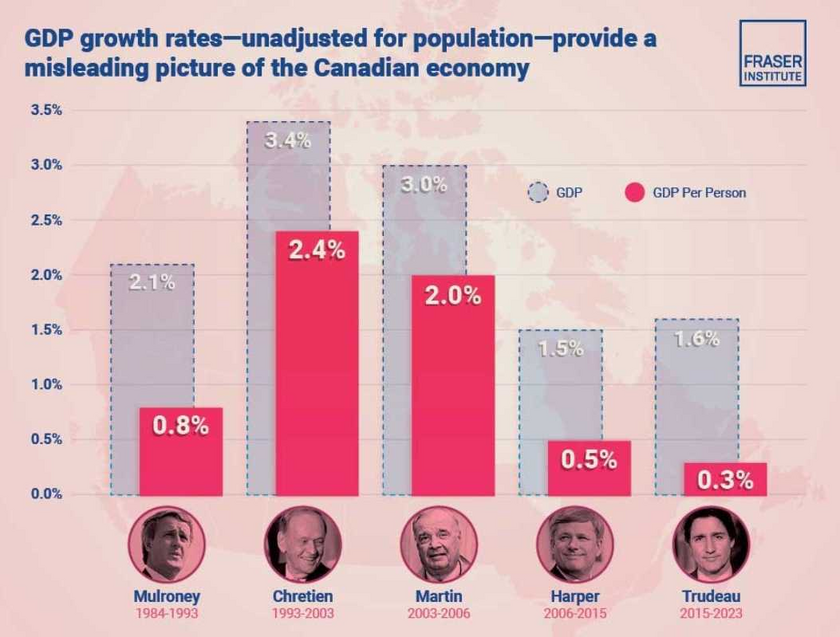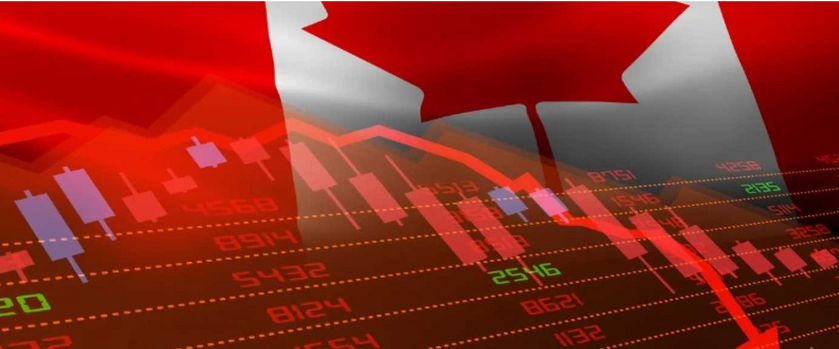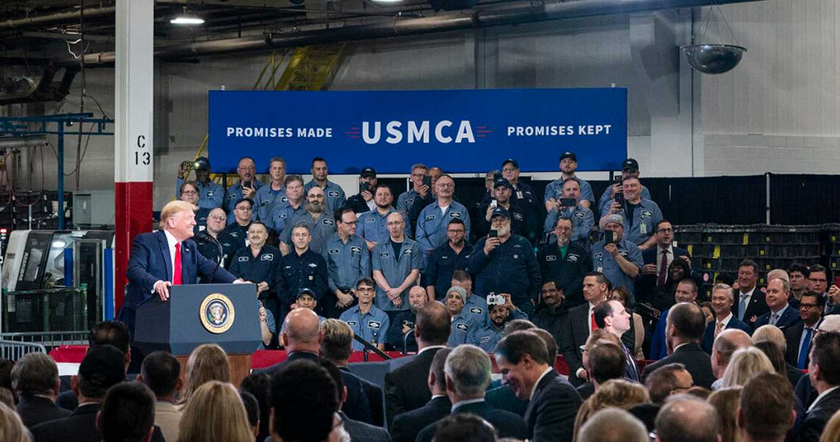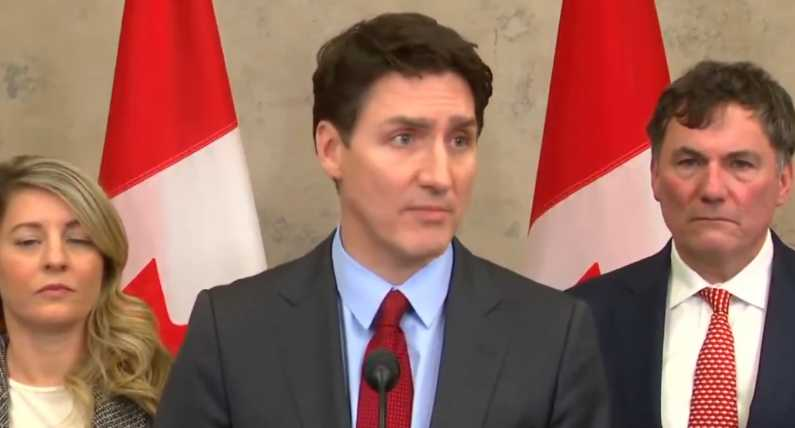Justin Trudeau has just made a disastrous economic miscalculation. His announcement of a 25% tariff on $30 billion worth of U.S. goods, set to take effect on Tuesday, with another $125 billion in tariffs following in 21 days, is nothing short of economic suicide for Canada. If Trudeau believes he can strong-arm the United States, he is about to face a brutal reality check.
Starting February 1, 2025, Donald Trump has already imposed his own 25% tariffs on Canadian and Mexican imports, making it clear that his administration will prioritize American interests. If Trudeau chooses to escalate, he should expect Trump to double down—potentially imposing 50% tariffs that would devastate Canada’s already fragile economy.
Canada Needs the U.S. More Than the U.S. Needs Canada
The simple truth is this: Canada is far more dependent on the United States than vice versa. American businesses will find other trading partners, while Canadian industries—particularly in agriculture, manufacturing, and energy—will struggle to survive without access to the U.S. market. Trudeau’s virtue-signaling might score political points with his leftist base, but it won’t keep Canadian businesses afloat when their largest and most essential trading partner responds with crushing tariffs.
A full-blown trade war with the U.S. would be catastrophic for Canada. The nation is already struggling under Trudeau’s reckless economic policies, and this latest stunt could be the final straw that pushes the country into a severe recession.

Trump’s America First vs. Trudeau’s Weak Leadership
During his presidency, Donald Trump prioritized American prosperity, ensuring that so-called allies engaged in fair trade instead of leeching off U.S. economic strength. Under Trump’s leadership, America reasserted its dominance, forcing trade partners to play fair.
Trudeau, on the other hand, is recklessly gambling with Canada’s economic future. His delusional belief that he can take on the United States without severe consequences is the height of arrogance and incompetence. If he thinks this move will solidify his political standing, he is sorely mistaken.
Trump’s Tariffs Are a Necessary Response to Canada, Mexico, and China
Every single day, an average of 300 Americans are murdered by fentanyl—a deadly drug that originates in China, is funneled into Mexico and Canada, and then smuggled into the U.S. by Mexican cartels operating on both our southern and northern borders.
Yes, Mexican cartels are now operating in Canada, and neither the Canadian nor Mexican governments have done anything to stop the flow of human trafficking and drug smuggling into the U.S. Meanwhile, China continues to supply these cartels with the poison that is killing American citizens.
And this isn’t just about fentanyl. The horrifying effects of drug trafficking and human smuggling are eroding American society, burdening our communities, and forcing U.S. taxpayers to foot the bill for the crisis.
Shame on the governments of Canada, Mexico, and China for allowing this to happen.
The Economic Reality: The U.S. Holds the Power
While trade accounts for 67% of Canada’s GDP, 73% of Mexico’s GDP, and 37% of China’s GDP, it makes up only 24% of U.S. GDP. The U.S. economy is far less dependent on international trade than our so-called allies, and yet, in 2023, the U.S. trade deficit in goods was the largest in the world at over $1 trillion.
For decades, America has been taken advantage of by globalist policies that put foreign nations before our own people. But that era is over.

We Will Win This Trade War
America is tired of getting kicked in the teeth by weak leaders who refuse to stand up for our nation. President Trump is finally fighting back—and he’s using tariffs, a powerful and proven tool of economic leverage, to protect our national security and economic interests.
By imposing 25% tariffs on Canada, Mexico, and China, Trump is making it clear that the days of America getting exploited by foreign nations are over. If Trudeau wants to play economic games, he will lose—because when push comes to shove, Canada needs the U.S. far more than the U.S. needs Canada.













